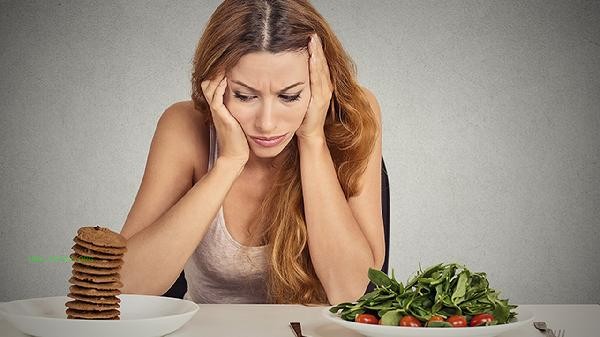The development of anorexia from dieting to weight loss usually takes several months to years, and the specific time is related to individual psychological qualities, dieting intensity, nutritional status, and other factors. The main risk factors include extreme calorie restriction, perfectionism tendency, family history of mental illness, hormonal changes during adolescence, and social aesthetic pressure.

1. Diet intensity:
Consuming an extremely low calorie diet of less than 800 calories per day can accelerate the pathological process, and may lead to malnutrition symptoms such as dizziness and fatigue in the short term. If this persists for more than 3 months, it may cause hypothalamic dysfunction and increase the risk of anorexia. It is recommended that daily calorie intake should not be less than 80% of the basal metabolic rate.
2. Psychological traits: Individuals with obsessive-compulsive personality or tendencies towards anxiety and depression are more likely to develop anorexia nervosa. These individuals typically experience body image disorders 2-6 months after dieting, and even if they are underweight, they still insist on thinking they are obese. Early symptoms include excessive focus on food calories and weight figures.
3. Nutritional deficiency:
Long term deficiency of trace elements such as zinc and selenium can affect neurotransmitter synthesis. Insufficient protein intake for 6-12 months may lead to dysfunction of the serotonin system, causing pathological anorexia. Accompanying symptoms include dry skin, brittle nails, and hair loss.

4. Hormonal changes:
Adolescent women may experience amenorrhea after continuous dieting for 4-8 weeks, and a decrease in leptin levels can exacerbate hunger perception disorders. Inhibition of hypothalamic pituitary gonadal axis function for more than six months may develop into refractory anorexia with osteoporosis.
5. environmental incentives:
Professionals such as models and dancers may experience rapid illness within one year in high-pressure environments. The excessive promotion of the aesthetic standard of "thin for beauty" by social media will aggravate the cognitive distortion of body image. The incidence rate of anorexia in this group is 3-5 times higher than that of the general population.
To prevent anorexia, it is necessary to establish a scientific weight loss concept. It is recommended to lose no more than 1% of your current weight per week and consume no less than 1200 calories per day. When symptoms such as decreased appetite, menstrual disorders, palpitations, etc. persist for more than two weeks, dieting should be stopped immediately. To cultivate diversified aesthetic cognition and avoid using weight as the sole value standard, body anxiety can be alleviated through methods such as yoga and meditation. Regular body composition testing should be conducted instead of simply weighing, ensuring a protein intake of 1.2-1.5 grams per kilogram of body weight. Adequate supplementation of multivitamins and Omega-3 fatty acids can help maintain stable neurological function.




Comments (0)
Leave a Comment
No comments yet
Be the first to share your thoughts!